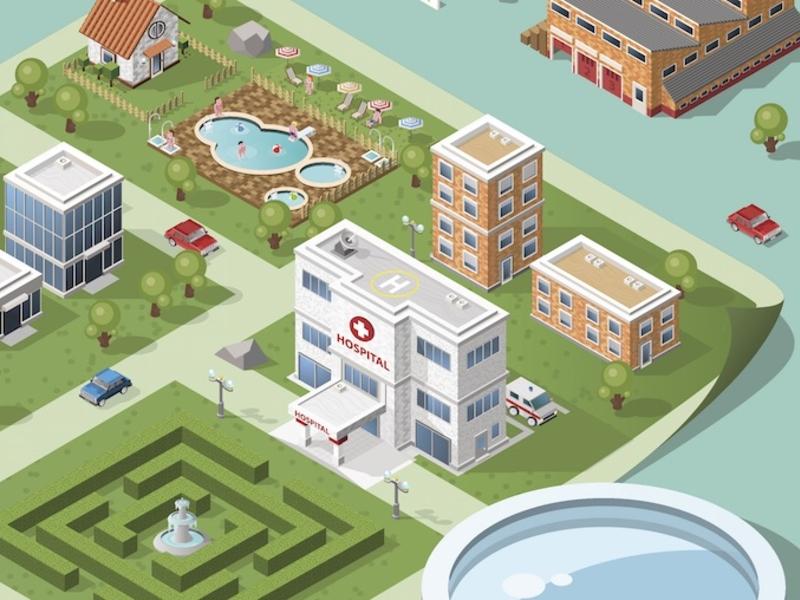In recent years, the healthcare industry has been undergoing a significant transformation, driven by various factors such as technological advancements, changing patient preferences, and the need for cost-effective care delivery. One notable trend that has emerged is the rise of micro-hospitals. These compact healthcare facilities are making waves in the industry and reshaping the way healthcare is delivered. In this blog post, we will explore the micro-hospitals market, their benefits, challenges, and their potential impact on the future of healthcare.
Understanding Micro-Hospitals
Micro-hospitals, also known as neighborhood or community hospitals, are small-scale healthcare facilities that offer a limited range of services compared to traditional hospitals. Typically, they are equipped with emergency rooms, a small number of inpatient beds, diagnostic services, and outpatient care capabilities. These facilities are strategically located in communities, making them easily accessible to residents.
Key Benefits of Micro-Hospitals
- Accessibility: Micro-hospitals are strategically placed in communities, improving access to healthcare services for residents who may have limited mobility or live far from larger medical centers.
- Cost-Effective: These facilities are often more cost-effective to build and operate than full-scale hospitals, which can help reduce healthcare costs for patients and providers.
- Efficient Care: Micro-hospitals focus on providing essential services efficiently, leading to shorter wait times, quicker diagnoses, and more personalized care.
- Reducing Hospital Overcrowding: By treating less complex cases, micro-hospitals can alleviate the burden on larger hospitals, reducing overcrowding and improving overall patient care.
Challenges Faced by Micro-Hospitals
- Limited Services: While micro-hospitals offer many advantages, their limited scope means that they cannot handle complex cases or major surgeries, necessitating patient transfers to larger hospitals.
- Regulatory Hurdles: Meeting state regulations and obtaining the necessary licenses to operate as a micro-hospital can be a challenge, slowing down the expansion of these facilities.
- Financial Viability: Maintaining financial sustainability can be difficult, especially for smaller facilities that may struggle to attract a consistent patient volume.
- Integration with Larger Healthcare Systems: Collaborating with larger healthcare systems to ensure smooth patient transfers and coordination of care can be complex.
The Future of Healthcare with Micro-Hospitals Market
As the healthcare landscape continues to evolve, micro-hospitals are likely to play an increasingly significant role. They are well-suited to serve as primary care hubs in communities, providing essential services, preventive care, and a bridge to larger hospitals for more critical cases. Furthermore, advances in telemedicine and digital health are enabling micro-hospitals to connect with specialists and offer a broader range of services remotely.
In conclusion, micro-hospitals are revolutionizing healthcare by offering accessible, cost-effective, and efficient care to communities. While they face challenges, their potential to improve healthcare accessibility and reduce costs cannot be ignored. As technology continues to advance and healthcare systems adapt, micro-hospitals are poised to become an integral part of the healthcare ecosystem, contributing to better patient outcomes and a more sustainable healthcare system.
Read More….
Swine Respiratory Disease Treatment Market
